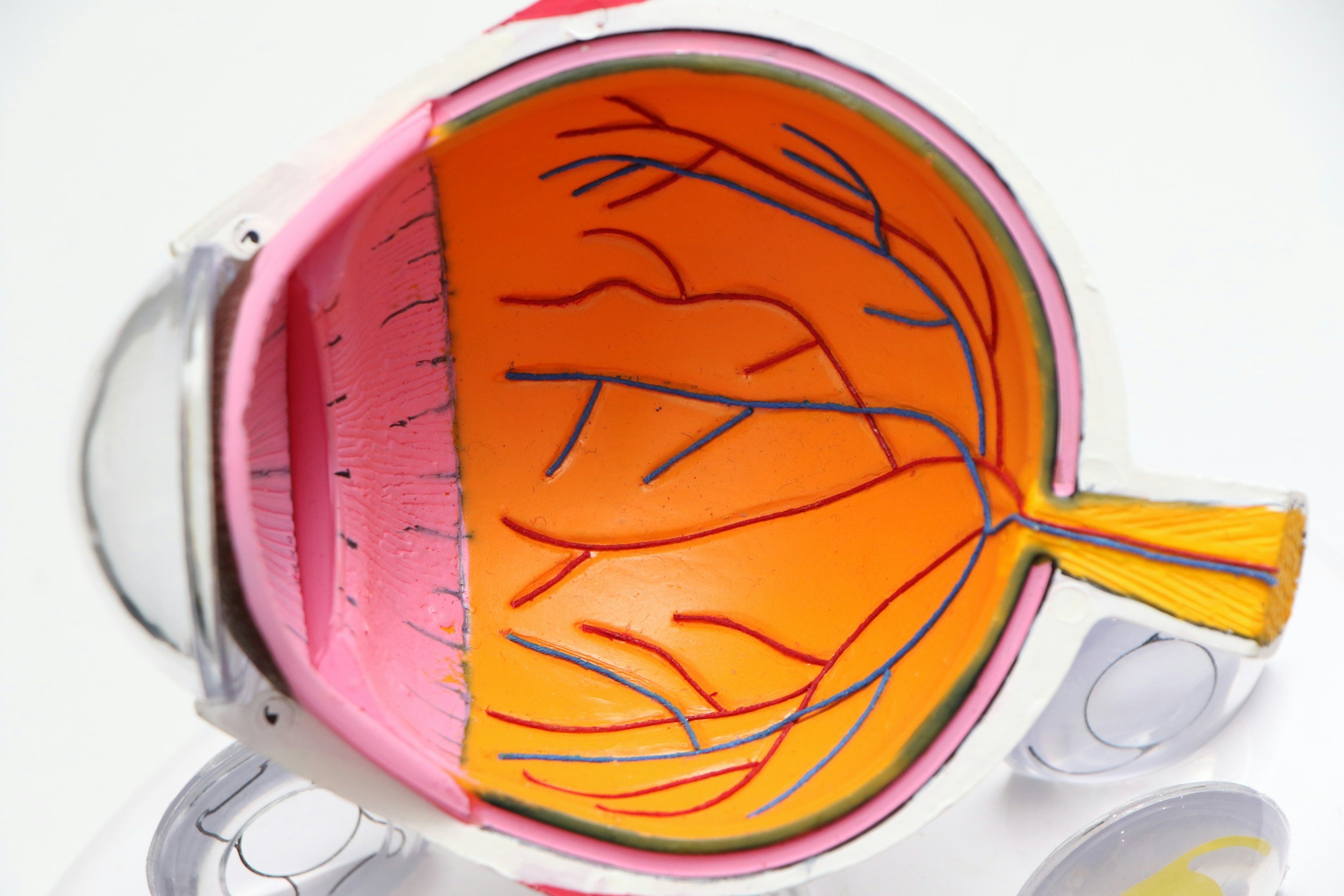OCUOLOPLASTICS
We provide expert care for chalazions and other eyelid lesions, offering effective treatments to ensure your eye health and comfort. Our experienced team can help you manage and treat a range of eyelid conditions.
text or call: 718.673.6808
What is Chalazion?
A chalazion is a small, painless bump or swelling on the eyelid, most often appearing on the upper eyelid. It occurs when one of the oil glands in the eyelid becomes blocked, leading to the buildup of oil and the formation of a cyst-like lump.
Symptoms of Chalazion:
Small, painless lump or swelling on the eyelid
Redness and mild irritation
Occasional blurry vision (if the bump presses on the eye)
While chalazia (plural of chalazion) is usually not painful, they can be uncomfortable or unsightly.
Treatment for Chalazion:
Warm Compresses: Helps reduce inflammation and promotes drainage.
Antibiotic Eye Drops or Ointment: Prescribed to prevent infection.
Steroid Injection: May help reduce swelling.
Surgical Removal: If the chalazion doesn't respond to other treatments, minor surgical removal may be necessary.
What are Eyelid Lesions?
An eyelid lesion is an abnormal growth or bump that forms on or around the eyelid. Eyelid lesions can be caused by a variety of factors, and while many are benign, some can be indicative of more serious conditions, including skin cancer.
Common Types of Eyelid Lesions:
Styes (Hordeolum):
A stye is a painful, red bump that forms on the edge of the eyelid, usually caused by a bacterial infection in the oil glands. They can cause discomfort, redness, and irritation but typically resolve on their own or with antibiotic treatment.Chalazion:
A chalazion is a painless, swollen lump that forms in the oil glands of the eyelid, often caused by a blocked gland. Unlike a stye, chalazia are usually not infected, but they can cause irritation and pressure on the eye.Basal Cell Carcinoma (BCC):
Basal cell carcinoma is a type of skin cancer that commonly appears on the eyelids. It is often presented as a small, shiny, pink, or white bump that may bleed, scab, or ulcerate. Early detection and treatment are crucial to preventing the spread of cancer.Squamous Cell Carcinoma (SCC):
Another form of skin cancer, squamous cell carcinoma appears as a red, scaly patch that may bleed or become an open sore. It can develop on the eyelid or surrounding skin and requires prompt treatment.Melanoma:
Melanoma is a rare but potentially dangerous type of skin cancer that can occur on the eyelid. It typically presents as a dark, irregularly shaped mole or spot. Early detection is key, as melanoma can spread to other parts of the body.
When to see an Eye Doctor
Any new or changing eyelid lesion should be examined by an eye doctor. If you notice a bump, growth, or any unusual changes in your eyelid, it's important to seek medical attention to determine the cause and the best course of treatment. Early detection is crucial, especially for conditions like skin cancer, which can be treated more effectively when caught early.
Why Choose US?
Expert Eye Care: Our team specializes in diagnosing and treating chalazions and other eyelid lesions with advanced techniques.
Personalized Treatment: We customize treatment plans to meet your specific needs, whether it's a simple chalazion or a more serious condition.
Comprehensive Care: From diagnosis to treatment and follow-up, we offer comprehensive care to ensure the health of your eyelids and vision.
INSURANCE ACCEPTED
We partner with major insurers to get you the best care possible


